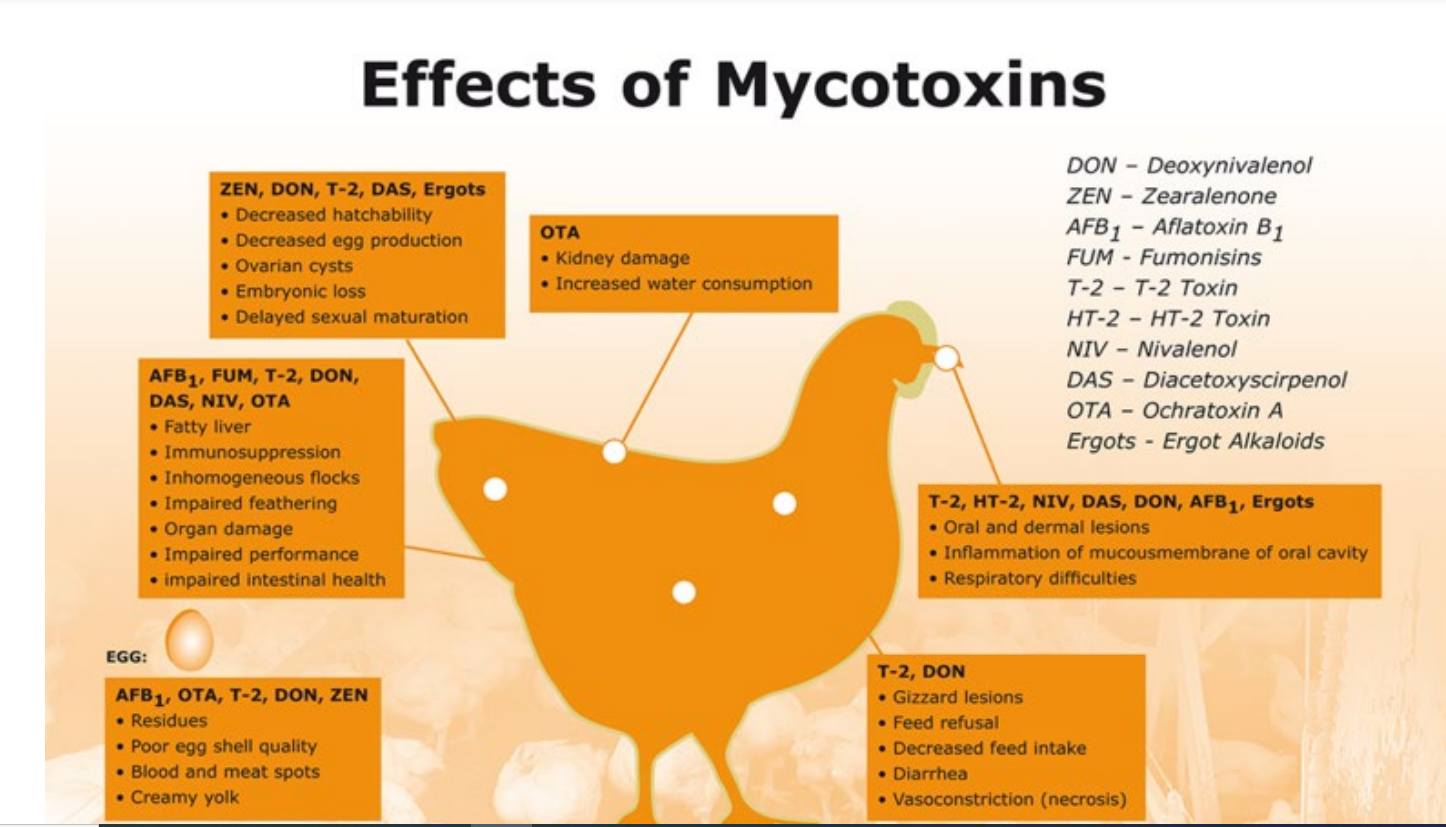The Impact of Weather on Crops and Mycotoxin Risk
by Admin
Posted on 08-02-2025 01:56 PM

Why do molds produce mycotoxins?
Mycotoxin, naturally occurring metabolite produced by certain microfungi (i. E. , molds ) that is toxic to humans and other animals. Mycotoxins occur in great number and variety, though only a small number occur regularly in human foodstuffs and animal feeds. Foods that may be affected include barley , corn , groundnuts , oats , rice , rye , sorghum , sugar , and wheat. Mycotoxins generally are distinguished from mushroom poisons , which are produced by large fungi (i.
 E. , mushrooms ). Mycotoxins of particular importance to the health of humans and livestock include aflatoxins , deoxynivalenol/nivalenol, fumonisins, ochratoxin, and zearalenone.
E. , mushrooms ). Mycotoxins of particular importance to the health of humans and livestock include aflatoxins , deoxynivalenol/nivalenol, fumonisins, ochratoxin, and zearalenone.
Background on mycotoxins mycotoxins are naturally occurring toxins produced by certain molds (fungi). Mycotoxins are primarily found in food or structures such as water-damaged homes and buildings. According to the food and agriculture organization (fao), approximately 25% of the world’s agricultural products are contaminated with mycotoxins, and this contamination could occur before harvest, during the process of harvest, and even after harvest during the storage of these products. Mycotoxin-producing molds grow on food like cereals (corn, sorghum, wheat, and rice), oilseeds (soybean, peanut, sunflower, and cotton seeds), spices (chili peppers, black pepper, coriander, turmeric, and ginger), and tree nuts (pistachio, almond, walnut, coconut and brazil nut).